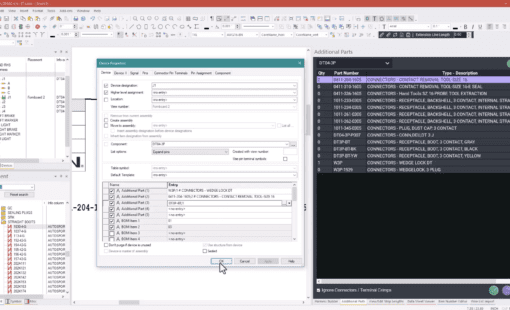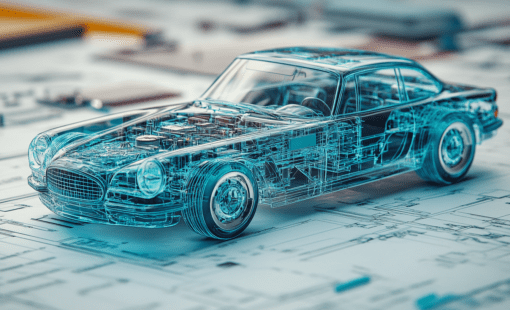Electrical design is an essential component of the engineering world, encompassing the planning, creation, and detailing of electrical systems. Whether a simple circuit for a household device or a complex power grid for a city, electrical design is critical. In this blog post, we will examine the fundamental concepts of electrical design and highlight its importance.
What is Electrical Design?

Electrical design refers to conceptualizing, planning, and detailing systems where electric current flows to perform a specific function. It’s about ensuring these systems work efficiently, safely, and by established regulations. From the initial concept to the final implementation, electrical design ensures that electrical systems meet the needs of their intended application.
Basics of Electrical Design
The very basics of electrical design revolve around understanding Ohm’s Law and the relationship between voltage, current, and resistance. To start, a designer needs to familiarize themselves with the different types of electrical components. Furthermore, they should understand their operations and learn how to combine them to create functional circuits.
How Do I Start Electrical Design?

Getting starting in electrical design requires a solid foundation in electrical theory. This includes:
- Education: Begin with formal education in electrical engineering or a related field.
- Hands-on Experience: Practical experience, like internships or lab work, is invaluable.
- Software Proficiency: Familiarize yourself with electrical design software tools to bring your designs to life.
- Continuous Learning: Electrical standards and technologies evolve, so ongoing education is crucial.
Key Elements of Electrical Design

Circuit Design
The foundation of any electrical system is its circuit. A circuit is a closed path in which electric current flows. The primary components include:
- Voltage source: Supplies the required power.
- Conductor: Transfers electricity.
- Load: Utilizes the electricity, e.g., a light bulb.
- Control element: Regulates the flow, e.g., a switch.
Layout and Wiring
After finalizing the circuit design, the next step is to create a layout. . Secondly, it’s vital to ensure accessibility and minimize interference. Lastly, proper wiring ensures efficient electricity flow and reduces the risk of shorts or overloads.
Safety Considerations
Safety is paramount in electrical design. Measures include ensuring proper grounding, using the right insulation, and incorporating protective devices like circuit breakers and fuses.
Tools and Software
Modern electrical design heavily relies on software tools. These tools enable designers to visualize and test their strategies before implementation, ensuring optimal performance and safety.
What is Included in Electrical Design?
Electrical design isn’t just about circuits. It encompasses:
- Schematics: Detailed diagrams showing how components are connected.
- Physical Layouts: Blueprints of where components will be located.
- Bill of Materials: A list of all components required.
- Safety Protocols: Guidelines to ensure safe installation and operation.
- Documentation: Detailed instructions and specifications for future reference.
Compliance and Standards

Electrical designs must adhere to established standards to ensure safety and functionality. These standards vary by region and application but are essential for the reliability of electrical systems.
Zuken’s E3.series for Electrical Design 
Zuken’s E3.series provides a holistic solution for electrical design. It offers a range of features for schematic design, cable routing, wire harness design, and panel layout, simplifying the process from initial design to manufacturing documentation with seamless electrical and mechanical integration options. The platform allows real-time design validation, reducing prototype costs. Suitable for any project size, it promotes team collaboration. Additionally, it offers integration with other enterprise systems, allowing for smooth data management across different stages of the design process. With regular updates and strong global support, E3.series exemplifies Zuken’s dedication to innovation in electrical design.
Conclusion
In conclusion, electrical design plays a crucial role in our modern, technology-driven society. By understanding its foundational elements and components, we also gain insight into the intricacies of common electrical applications. As technology advances, electrical design’s importance will undoubtedly expand, presenting exciting opportunities for future engineers.
Related Products and Resources
- Pages

- Products
E3.series is a Windows-based, scalable, easy-to-learn system for the design of wiring and control systems, hydraulics and pneumatics. The out-of-the-box solution includes schematic (for circuit and fluid diagrams), cable (for advanced electrical and fluid design), panel (for cabinet and panel layout), and formboard (for 1:1 wiring harness manufacturing drawings). Integrated with MCAD, E3.series is a complete design engineering solution from concept through physical realization and manufacturing output.





